How to Solve Probability Problems? (+FREE Worksheet!)
Do you want to know how to solve Probability Problems? Here you learn how to solve probability word problems.
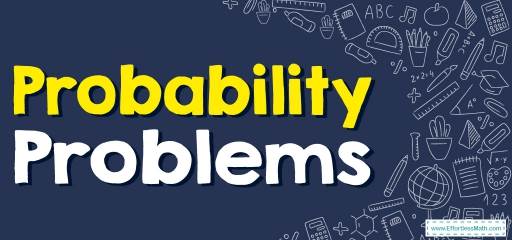
Related Topics
- How to Interpret Histogram
- How to Interpret Pie Graphs
- How to Solve Permutations and Combinations
- How to Find Mean, Median, Mode, and Range of the Given Data
Step by step guide to solve Probability Problems
- Probability is the likelihood of something happening in the future. It is expressed as a number between zero (can never happen) to \(1\) (will always happen).
- Probability can be expressed as a fraction, a decimal, or a percent.
- To solve a probability problem identify the event, find the number of outcomes of the event, then use probability law: \(\frac{number\ of \ favorable \ outcome}{total \ number \ of \ possible \ outcomes}\)
The Absolute Best Books to Ace Pre-Algebra to Algebra II
Probability Problems – Example 1:
If there are \(8\) red balls and \(12\) blue balls in a basket, what is the probability that John will pick out a red ball from the basket?
Solution:
There are \(8\) red balls and \(20\) a total number of balls. Therefore, the probability that John will pick out a red ball from the basket is \(8\) out of \(20\) or \(\frac{8}{8+12}=\frac{8}{20}=\frac{2}{5}\).
Probability Problems – Example 2:
A bag contains \(18\) balls: two green, five black, eight blue, a brown, a red, and one white. If \(17\) balls are removed from the bag at random, what is the probability that a brown ball has been removed?
Solution:
If \(17\) balls are removed from the bag at random, there will be one ball in the bag.
The probability of choosing a brown ball is \(1\) out of \(18\). Therefore, the probability of not choosing a brown ball is \(17\) out of \(18\) and the probability of having not a brown ball after removing \(17\) balls is the same.
Exercises for Solving Probability Problems
The Best Book to Help You Ace Pre-Algebra
Solve.
- A number is chosen at random from \(1\) to \(10\). Find the probability of selecting a \(4\) or smaller.
- A number is chosen at random from \(1\) to \(50\). Find the probability of selecting multiples of \(10\).
- A number is chosen at random from \(1\) to \(10\). Find the probability of selecting of \(4\) and factors of \(6\).
- A number is chosen at random from \(1\) to \(10\). Find the probability of selecting a multiple of \(3\).
- A number is chosen at random from \(1\) to \(50\). Find the probability of selecting prime numbers.
- A number is chosen at random from \(1\) to \(25\). Find the probability of not selecting a composite number.
Download Probability Problems Worksheet

- \(\color{blue}{\frac{2}{5}}\)
- \(\color{blue}{\frac{1}{10}}\)
- \(\color{blue}{\frac{1}{2}}\)
- \(\color{blue}{\frac{3}{10}}\)
- \(\color{blue}{\frac{3}{10}}\)
- \(\color{blue}{\frac{9}{25}}\)
The Greatest Books for Students to Ace the Algebra
Related to This Article
More math articles
- How to Get 800 on the SAT Math?
- Understanding Secant Angles: A Guide to Their Types
- Algebra Puzzle – Challenge 41
- How to Calculate the Geometric Mean in Triangles
- How to Graph the Sine Function?
- How to Distance Teach Math with a Drawing Pad?
- 4 Best Printers for Teachers in 2024
- How to Write Linear Functions Word Problems
- 6th Grade FSA Math Practice Test Questions
- 4 Reasons To Fall In Love With Math


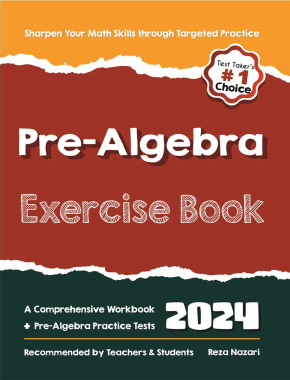

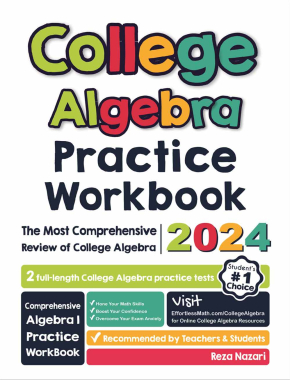


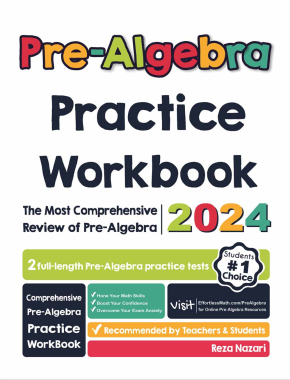
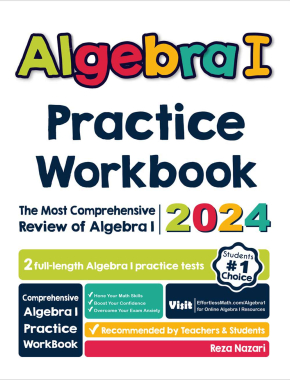
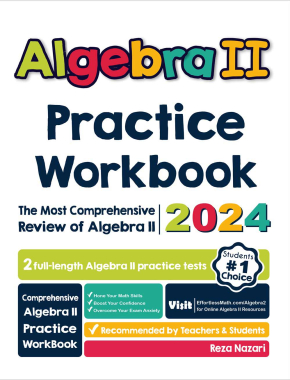




What people say about "How to Solve Probability Problems? (+FREE Worksheet!) - Effortless Math: We Help Students Learn to LOVE Mathematics"?
No one replied yet.